In the diverse tapestry of global food cultures, two distinct dietary systems stand out for their religious significance and widespread practice: Kosher and Halal. While often mentioned in the same breath due to their shared Abrahamic origins and some overlapping principles, they are rooted in different theological traditions and exhibit unique characteristics that reflect the beliefs and histories of Jewish and Muslim communities. Understanding these systems requires more than a checklist of rules; it involves appreciating the spiritual, cultural, and practical dimensions that define what is permissible, or lawful, to consume.
The concept of Kosher, derived from the Hebrew word for "fit" or "proper," is governed by a complex set of laws known as kashrut, found primarily in the Torah, specifically in books like Leviticus and Deuteronomy. These laws were given to the Israelites and form a covenant of holiness, a way to sanctify everyday life through discipline and mindfulness. The regulations are extensive, covering not only which animals may be eaten but also how they must be slaughtered, prepared, and even how certain foods can be combined. For instance, the prohibition against mixing meat and dairy is a cornerstone of kashrut, requiring separate utensils, cookware, and even waiting periods between consuming the two. This separation is so fundamental that it extends to the very infrastructure of kosher kitchens and industrial food production.
Conversely, Halal, an Arabic term meaning "permissible," is guided by Islamic law, or Shariah, as derived from the Quran and the teachings of the Prophet Muhammad in the Hadith. For Muslims, consuming halal food is an act of worship and obedience to Allah's commands. The principles are generally seen as more streamlined than kashrut, focusing intently on the method of slaughter and the nature of the animal itself. The most critical component is the dedication of the slaughter to God, accompanied by the recitation of "Bismillah" (In the name of God). Unlike the kosher practice which requires a specially trained Jewish slaughterer (a shochet), halal slaughter can be performed by any sane adult Muslim who pronounces the name of God at the moment of slaughter. The concept of haram (forbidden) is also broader in scope, explicitly prohibiting all intoxicants, which is a distinct difference from kosher law.
A significant area of convergence between the two systems lies in the types of animals permitted. Both kosher and halal laws forbid the consumption of pork and its by-products, viewing the pig as an unclean animal. They also both prohibit carnivorous animals, birds of prey, and most insects. For an animal to be considered fit for consumption, it must be a ruminant with split hooves in the kosher tradition (like cows and sheep) or generally be a herbivore in the halal tradition. The method of slaughter, known as shechita in Judaism and dhabiha in Islam, is another profound similarity. Both require a swift, deep cut across the throat with a sharp knife to sever the trachea, esophagus, and major blood vessels, ensuring a rapid loss of blood and minimizing the animal's suffering. The emphasis on draining the blood is paramount in both faiths, as blood is considered spiritually impure and unsuitable for consumption.
However, the devil, as they say, is in the details, and the differences are just as telling as the similarities. The kosher certification process is notoriously rigorous and specific. After the shochet performs the slaughter, a masgiach (supervisor) often oversees the process and the subsequent preparation. Furthermore, kosher law includes a prohibition on consuming the sciatic nerve and certain fats, which must be meticulously removed in a process called nikkur (porging), making the preparation of the hindquarters of an animal so labor-intensive that they are often sold to non-kosher markets. There is no equivalent to this in halal practice. Another stark difference is the treatment of alcohol and grape products. While wine and other grape-derived alcohols can be produced as kosher (under strict rabbinical supervision), they are completely haram, or forbidden, in Islam. In fact, any product containing alcohol as an ingredient is typically considered non-halal.
The certification and modern industrial application of these laws also differ markedly. The global kosher food market is served by a multitude of competing rabbinical organizations, each with its own certification symbol (hechsher). The process involves constant on-site supervision of production lines to prevent cross-contamination with non-kosher ingredients or utensils. Halal certification, while also growing rapidly globally, can be more fragmented, with standards varying between different countries and Islamic schools of thought. The primary concern is the source of ingredients and the production process, ensuring no contact with haram substances like alcohol or pork derivatives. In today's globalized food industry, a product might be halal but not kosher (e.g., a chicken slaughtered by a Muslim but later processed on equipment also used for dairy), or theoretically kosher but not halal (e.g., a food product containing kosher wine).
Beyond the technicalities, the philosophies underpinning Kosher and Halal, while both centered on piety, can reflect different theological emphases. Kashrut is deeply entwined with Jewish identity and the concept of being a "kingdom of priests and a holy nation." The laws are a discipline that sets the community apart, a constant reminder of their covenant with God. Halal, in the Islamic tradition, is part of a holistic way of life that governs everything from finance to personal conduct. The principle is that all things are created halal by default unless explicitly forbidden by divine text, making it a system designed for ease and practicality within a framework of piety. This fundamental philosophical difference—one of separation and sanctification versus one of permissibility and purity within a broader lifestyle—shapes how adherents interact with these laws on a daily basis.
In conclusion, while Kosher and Halal dietary laws share a common Abrahamic heritage and several key practical similarities—most notably the prohibition of pork and the emphasis on humane, ritual slaughter—they are distinct systems born from different scriptures, traditions, and interpretations. Kosher, with its intricate rules on separation, specific forbidden parts of animals, and complex certification, serves as a mechanism for holiness and distinct identity. Halal, with its focus on the invocation of God's name during slaughter and a broader prohibition on intoxicants, integrates dietary practice into a comprehensive Islamic way of life. For consumers, manufacturers, and observers in our interconnected world, recognizing these nuances is crucial. It fosters not only respect for religious diversity but also a deeper understanding of how faith can profoundly influence something as universal and essential as food.

By /Aug 20, 2025

By /Aug 20, 2025

By /Aug 20, 2025
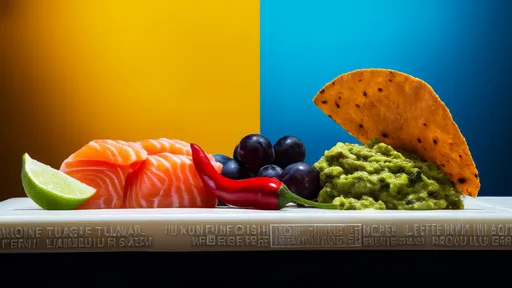
By /Aug 20, 2025

By /Aug 20, 2025

By /Aug 20, 2025
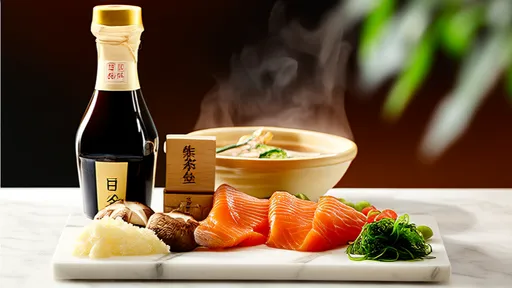
By /Aug 20, 2025

By /Aug 20, 2025

By /Aug 20, 2025

By /Aug 20, 2025
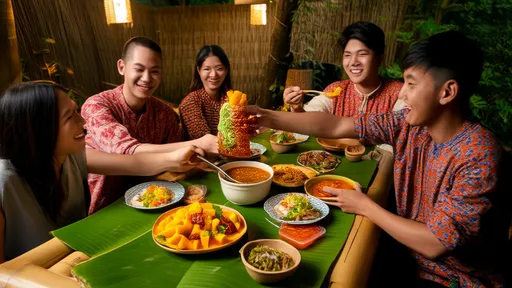
By /Aug 20, 2025

By /Aug 20, 2025
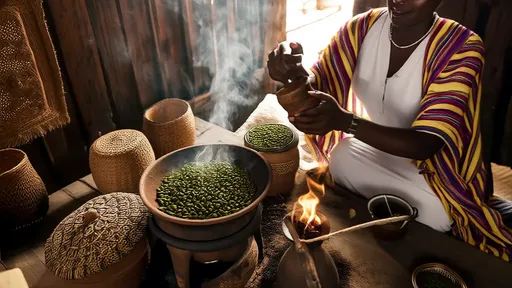
By /Aug 20, 2025
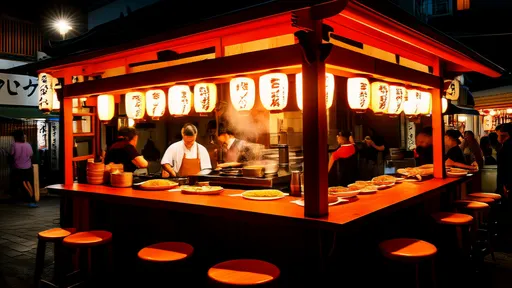
By /Aug 20, 2025
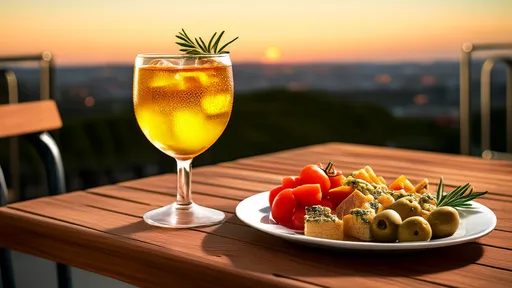
By /Aug 20, 2025

By /Aug 20, 2025

By /Aug 20, 2025

By /Aug 20, 2025
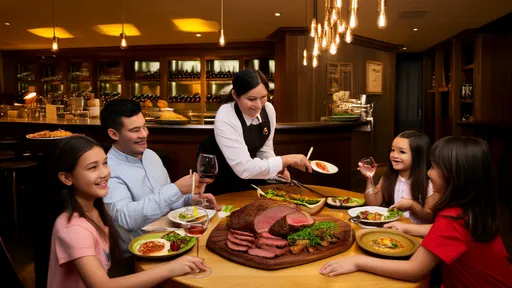
By /Aug 20, 2025

By /Aug 20, 2025